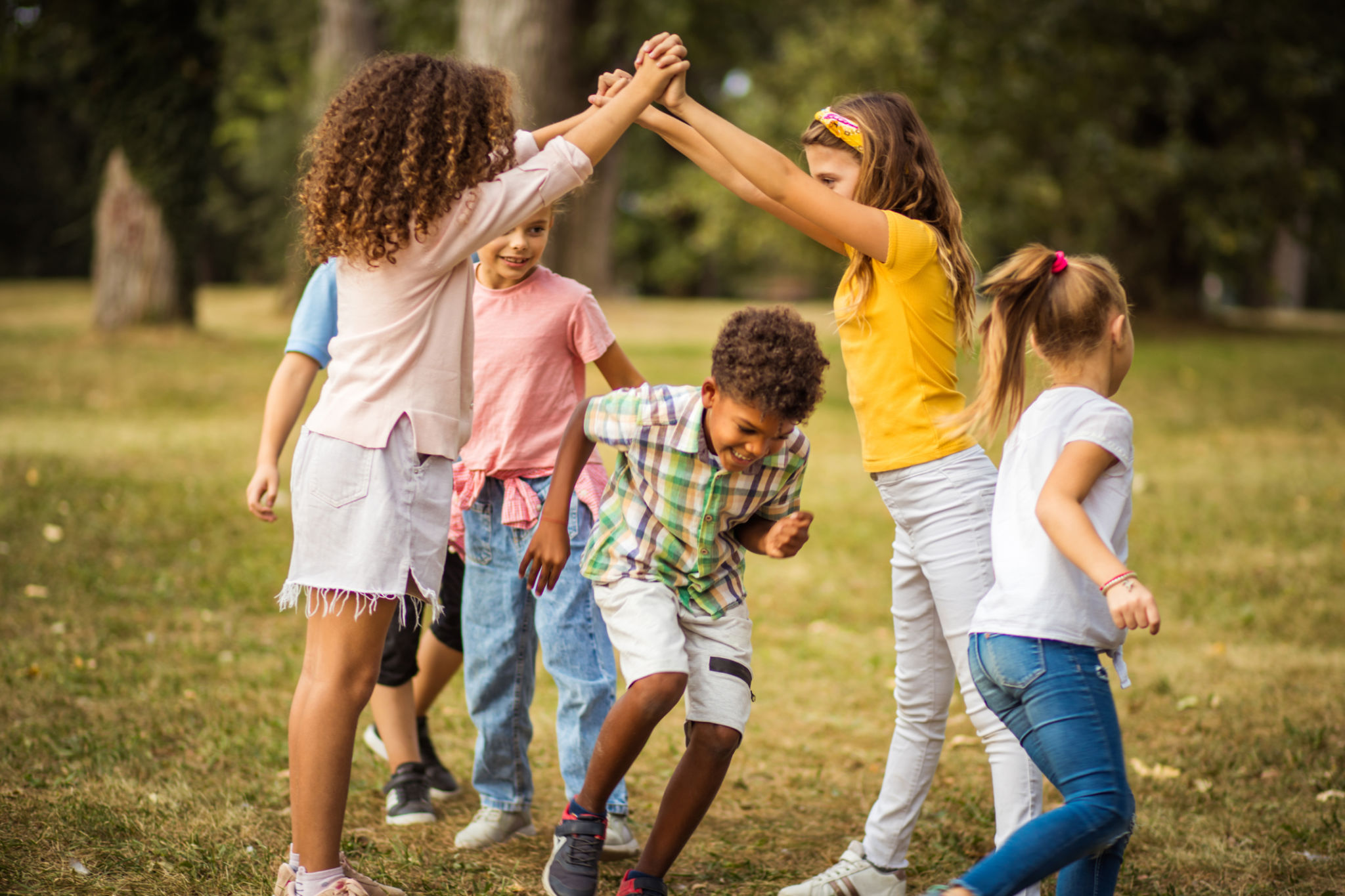How Seasonal Activities Enhance Learning in Young Children
Introduction to Seasonal Activities
As the seasons change, so do the activities that capture the interest and imagination of young children. Engaging in seasonal activities provides an excellent opportunity for children to learn in dynamic and meaningful ways. These activities not only introduce them to the natural world but also enhance their cognitive, social, and emotional development. In this post, we explore how seasonal activities can be an integral part of learning for young children.

Developing Cognitive Skills
Sensory Exploration
Seasonal activities offer rich sensory experiences that are crucial for cognitive development. For example, during autumn, children can gather leaves and learn about different textures and colors. In winter, they can engage with the unique properties of snow and ice. These experiences stimulate their senses and help them develop critical thinking skills as they ask questions and make observations about the world around them.
Hands-On Learning
Children learn best when they can interact directly with their environment. Seasonal activities like planting a garden in spring or building a snowman in winter provide hands-on learning opportunities that enhance problem-solving skills. These activities encourage children to experiment, make predictions, and learn from their experiences in a tangible and engaging manner.
Fostering Social Skills
Cooperative Play
Many seasonal activities are best enjoyed in groups, promoting social interaction and cooperation among children. Activities like organizing a summer picnic or participating in a fall harvest festival require teamwork and communication. Through these interactions, children learn to share, negotiate, and collaborate, which are essential skills for their social development.

Building Relationships
Participating in seasonal activities can strengthen relationships between children and their peers, family members, or educators. Whether it’s carving pumpkins together or decorating a holiday tree, these shared experiences create a sense of belonging and community. They also offer opportunities for adults to model positive social behavior and guide children in developing empathy and understanding.
Enhancing Emotional Growth
Expressing Creativity
Seasonal activities often involve creative expression, allowing children to explore their emotions and ideas. Whether painting autumn landscapes or crafting winter decorations, these activities provide an outlet for self-expression. Encouraging creativity helps children build self-confidence and develop a positive self-image as they take pride in their creations.
Understanding Change
Experiencing the changing seasons helps children grasp the concept of change and adaptation. As they observe the transformation from one season to another, they learn about life cycles and the natural progression of time. This understanding fosters resilience and adaptability, important qualities for emotional development.

Conclusion
Incorporating seasonal activities into learning experiences offers numerous benefits for young children. These activities enhance cognitive abilities, foster social skills, and promote emotional growth, all while making learning fun and engaging. As educators and parents, it’s important to recognize the value of these experiences and integrate them into everyday learning opportunities. By doing so, we can support the holistic development of our children and nurture their curiosity about the ever-changing world around them.
